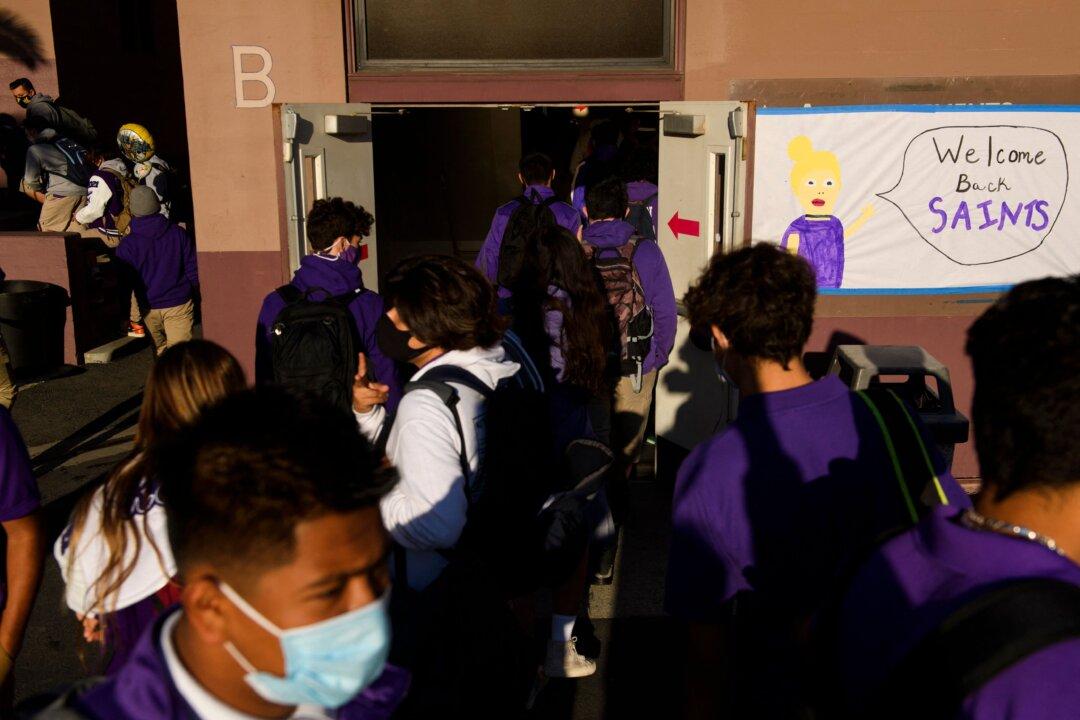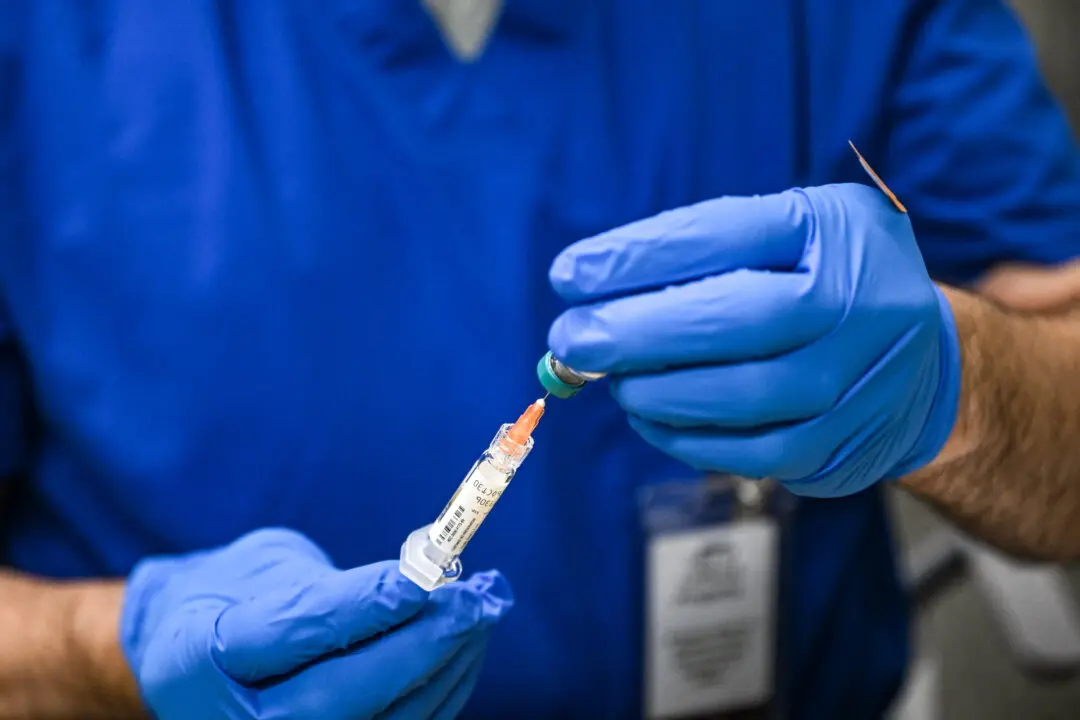It’s too soon to confirm that all K-12 students in the United States can resume in-person learning in the fall, Education Secretary Miguel Cardona said on March 24.
“It’s premature to tell. One thing that I know as a former commissioner of education, COVID-19 numbers will dictate how we move to reopen schools,” Cardona said during an appearance on MSNBC.





